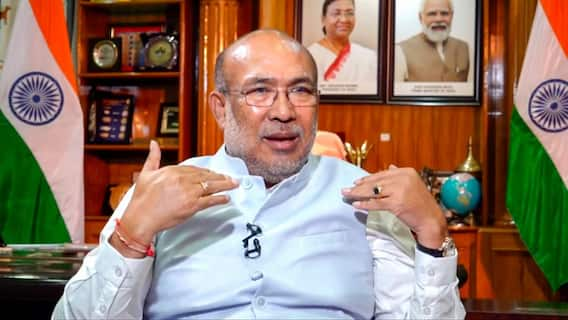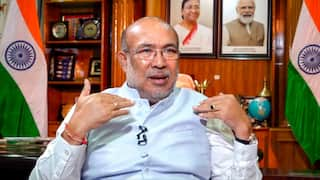Smoking Biggest Cause Of Lung Cancer, But Not The Only One. Know About Other Factors, Treatments
Lung cancer is treated in several ways, depending on type of infection & how far it has spread. Use of CT scans of the chest increased during pandemic, leading to early detection of more lung tumors.

By Dr Tanmay Kumar Mandal
Lung cancer is the most serious health risk associated with smoking. Every year, around 8 million people die prematurely as a result of smoking. This means that about one in seven deaths worldwide is due to smoking. Lung cancer is becoming a major healthcare issue in India and around the world. Other tobacco products, including smoking cigars or pipes, can also lead to lung cancer. It is estimated that cigarette smoking accounts for about 90% of lung cancer risk in males and 70-80% in females.
Lung cancer can affect anyone, but certain factors increase one’s risk of getting it. Some main risk factors of lung cancer are smoking, use of tobacco, family history of lung cancer, and being exposed to asbestos, arsenic, chromium, beryllium, nickel, soot, or tar in the workplace. Usage of tobacco causes about 9 out of 10 cases of lung cancer in men and about 8 out of 10 cases in women.
Lung cancer has been on the rise among nonsmokers as well, which can be attributed to a variety of other factors such as family history and exposure to asbestos, radon gas, radiation therapy, air pollution, and indoor pollution (in the form of burning wood for cooking purposes).
Timely Diagnosis Is Key
Most lung cancer patients are diagnosed late in the disease's progression. If identified on time, 90 percent of patients survive, however only 10-15 percent of patients survive if detected late. This emphasizes the need for detecting cancer at an early stage to improve survival chances. The method for screening individuals to detect lung cancer at an early stage is a low dose computed tomography (CT) scan of the chest.
Screening is not advantageous to everyone, but it is beneficial to a group of people who are at high risk. People who are 55 to 78 years old who have smoked for at least 20 pack-years, as well as current smokers and people who have quit smoking within the last 15 years, fall into this category. Lung cancer mortality was reduced by 20 percent because of screening such high-risk persons.
Lung cancer is treated in several ways, depending on the type of lung cancer and how far it has spread. Surgery, chemotherapy, radiation therapy, targeted therapy, or a combination of these treatments can be used to treat non-small cell lung cancer while small cell lung cancer is usually treated with a combination of radiation and chemotherapy.
New Treatments Of Lung Cancer
With the progress of science, minimally invasive surgical procedures with shorter recovery times, video-assisted thoracoscopic surgery (VATS), have taken precedence over historically more invasive surgeries with higher complications. For patients who are unable to undergo surgery, a newer treatment modality known as radiosurgery is preferred. It is a completely non-invasive procedure in which the tumor is burned using photon rays. A single method of treatment is usually insufficient for locally advanced disease, and two or more treatment modalities, such as chemotherapy, immunotherapy, and radiotherapy combinations, are used.
When the disease has spread to other parts of the body, the main treatment options are chemotherapy, immunotherapy, and precision-targeted therapy. Lung cancer is one disease where genomic-based treatments have made a significant impact. There are effective pills that help control cancer for years in patients with advanced-stage lung cancer who have genetic mutations. Furthermore, these medications have fewer side-effects than traditional chemotherapy. Immunotherapy is another game-changing advancement for lung cancer patients. These medications aid in the repair of one's immune system, allowing immune cells to identify and kill cancer cells. Because of scientific advancements, even advanced-stage lung cancer patients have been able to live normal lives for many years.
The use of CT scans of the chest has increased in India since the Covid-19 pandemic struck, leading to the early detection of more lung tumors. Increased public awareness of CT scans has also resulted in greater adaptability to the test. This could aid in the earlier detection of lung cancer and save more lives in the future.
The author is Consultant Medical and Hemato Oncologist, AMRI Hospital Dhakuria, Kolkata.
Check out below Health Tools-
Calculate Your Body Mass Index ( BMI )
Trending News
Top Headlines






































